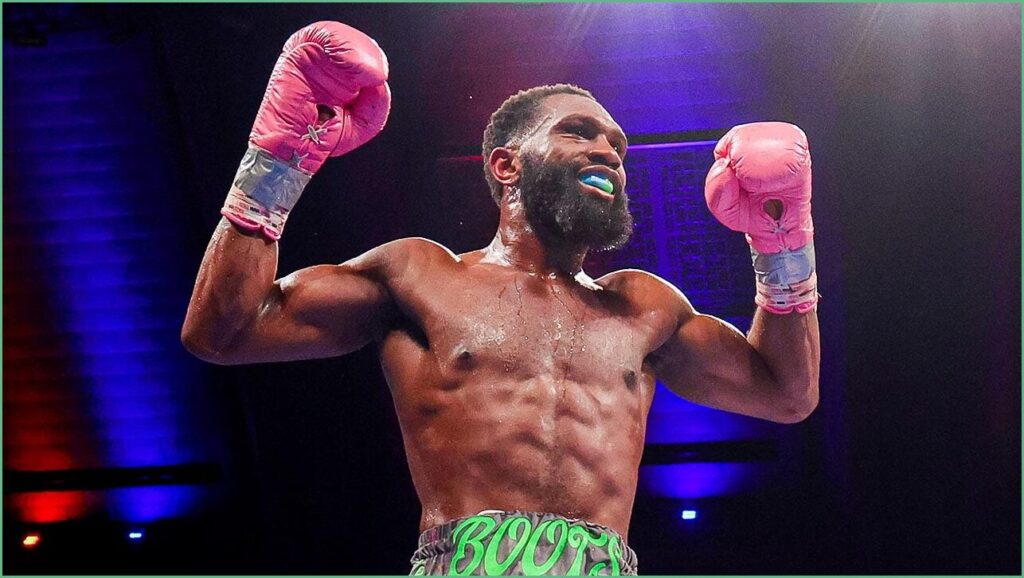Jaron “Boots” Ennis rose from a family boxing room to the spotlight, carrying a blend of old-school fundamentals and modern athleticism that makes him a serious pound-for-pound conversation. This piece walks through his roots, what defines his style, the wins that mattered, the training that sharpens him, the questions that still hang over his ceiling, and the path ahead as he chases the top of a crowded division.
He grew up inside the sport, learning the ropes from his father and older brothers, which shows in the way he moves and fights with purpose. That early exposure built instincts you can’t teach in a gym full of strangers. It also planted a grinder’s mentality: work, correct, repeat.
Turning professional, Ennis made a steady climb rather than a sudden leap, stacking practical experience against increasingly tough opponents. He didn’t chase highlight reels so much as solve problems in the ring, which is how you build a resume that means something when big names start asking questions. Those early choices set the tone for how he handles pressure now.
Stylistically, Ennis blends heavy-handed offense with disciplined defense, showing patience rather than reckless aggression. He pressures without panicking, sets traps, and finishes when the opening arrives, which gives him a real edge in longer fights. His combination of timing and power makes him dangerous at any stage of a bout.
Big nights and key victories gave him the credibility to be discussed with the elite. When he stepped into higher-profile matchups, he showed an ability to adapt on the fly, closing distance, controlling tempo, and landing clean shots under duress. Those moments are what convert potential into a legitimate contender status.
The training environment around him has become more refined as his career progressed, with emphasis on tactical sparring, conditioning, and studying opponents rather than just ramping up volume. Camps now focus on sustained output and situational drills that mirror the kinds of fights he expects to face at the top. That attention to detail is a sign he and his team are thinking several moves ahead.
No fighter is without flaws, and Ennis faces questions about his ceiling against the absolute elite and how he handles adversity when things don’t go exactly as planned. Critics point to occasional lapses in pacing or the need for sharper ring generalship against crafty veterans. Those are solvable issues, but they matter when championships and pound-for-pound rankings are on the line.
What makes the case for him among the best pound-for-pound is a mix of physical tools, a growing list of quality wins, and a style that translates across opponents. He’s not just powerful; he reads fights and forces mistakes from foes who underestimate his combinations. Marketability follows results, and as those results accumulate, so does the argument that he belongs in elite conversations.
Next up, the smart move is a measured march toward established champions or top contenders who test every facet of his game without exposing him to needless risk. Fans should watch for bouts that increase his exposure while sharpening specific weaknesses, like sustained pressure over later rounds or facing fighters with different pacing. Win those tests, and the path to the very top opens up; lose them, and the course becomes a lot steeper overnight.
